Système de gestion de l'énergie solaire
Votre maison produit de l'électricité. Mais l'utilisez-vous judicieusement ?
Suivez, comparez et optimisez votre énergie solaire avec une visibilité complète.
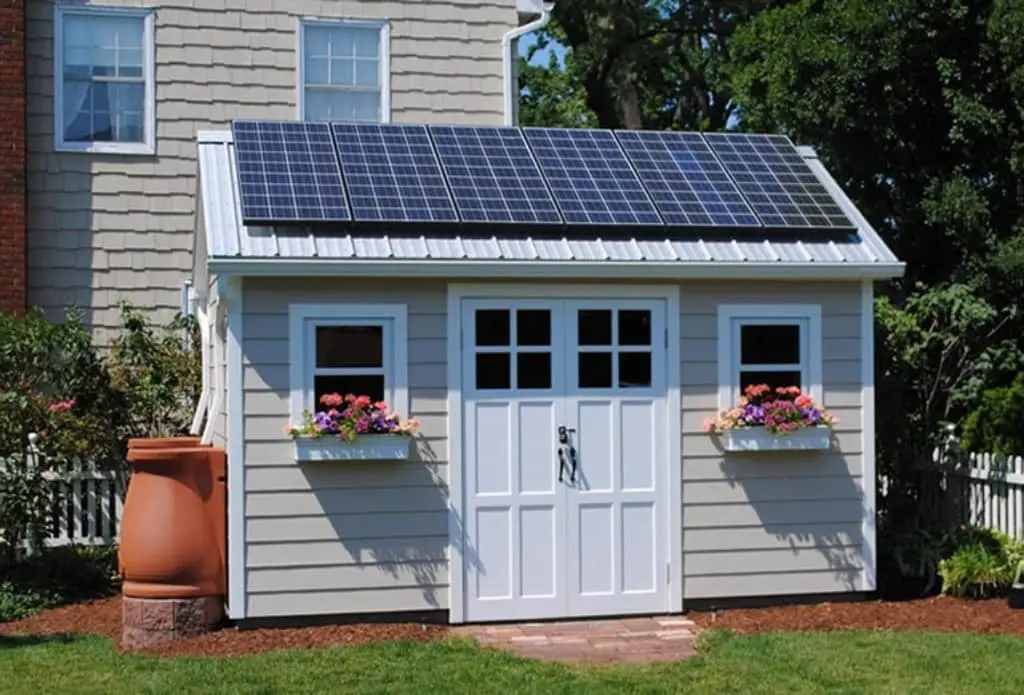
Pourquoi l'énergie solaire seule ne suffit pas

Vous avez installé des panneaux solaires. Vous produisez de l'énergie propre.
Mais ensuite… votre facture de services publics apparaît toujours, plus élevée que prévu.
« Je pensais que l’énergie solaire ferait baisser davantage le prix. »
« Je peux voir combien je génère, mais pas où cela va. »
« Est-ce que j’utilise toute cette énergie ou est-ce que je la renvoie au réseau ? »
La plupart des onduleurs vous indiquent simplementla quantité produite par votre système.
Ils ne montrent pas ce qui se passeà l'intérieur de votre maison.
Ils ne vous disent pas quels appareils consomment de l’énergie, ni si votre énergie solaire couvre réellement vos besoins.
C'est là qu'unsystème de gestion de l'énergie solairearrive.
Ce que la plupart des propriétaires de maisons solaires veulent vraiment savoir
Si vous vous êtes posé l’une de ces questions, vous n’êtes pas seul :
- « Ai-je besoin d’un moniteur d’énergie si j’ai déjà des panneaux solaires ? »
- « Comment puis-je suivre ma consommation d’énergie solaire et domestique simultanément ? »
- « Existe-t-il un moyen de savoir quel pourcentage de ma consommation d’énergie est couvert par l’énergie solaire ? »
- « Puis-je surveiller tout cela dans une seule application ? »
Oui, tu peux.
Mais pas avec votre onduleur seul.
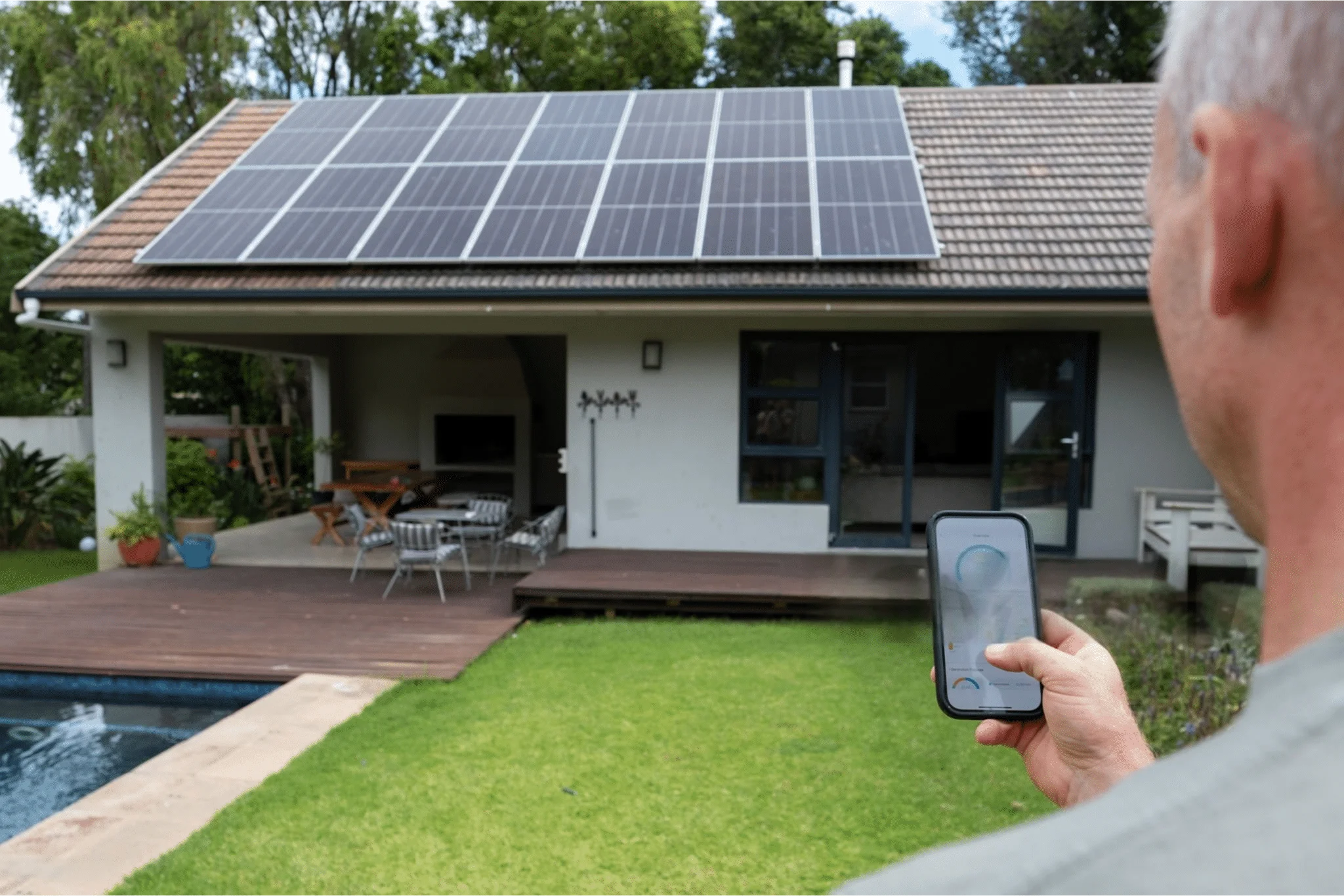
Surveillance de l'énergie solaire et domestique — Travailler ensemble
Un système intelligent de gestion de l’énergie solaire vous aide à :
- Suivez votre production solaireen temps réel
- Voyez comment votre maison utilise réellement cette énergie
- Comparez votre production solaire à la consommation de votre ménage
- Repérez les gaspillages, les déséquilibres ou les opportunités d'économies manquées
- Comprendre quand et comment modifier l'utilisation pour mieux exploiter votre énergie solaire
Considérez-le comme un tableau de bord en direct montrant les deuxattaque et défense—vous ne voyez pas seulement combien vous générez, mais aussi à quel point vous l’utilisez bien.

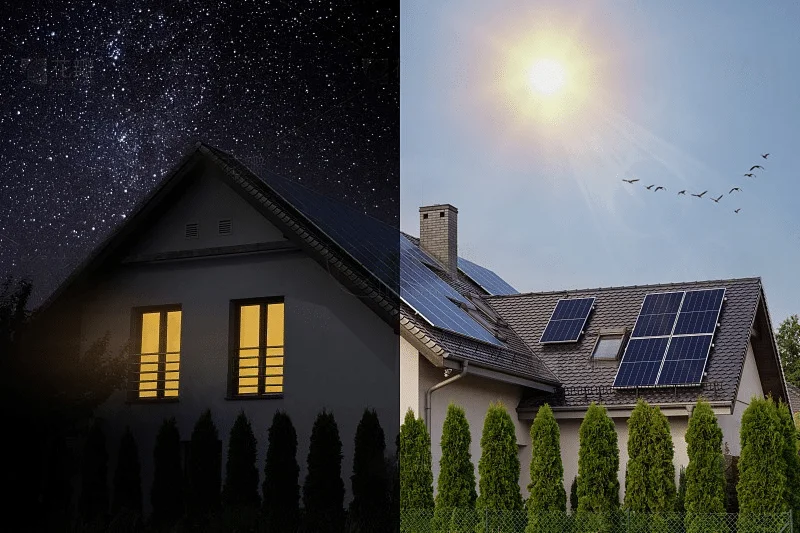
Données de l’onduleur vs surveillance de toute la maison : quelle est la différence ?
Votre onduleur indique ce qui est produit.
Mais ce n’est que la moitié de l’histoire.
Caractéristique
Affichage de l'onduleur
Surveillance de toute la maison
Affiche la production solaire
Affiche l'utilisation réelle de la maison
Suivi de l'utilisation des appareils/circuits
Graphiques en temps réel et historiques
Intégration d'applications mobiles
Souvent basique
Généralement riche et flexible
La plupart des onduleurs ne suivent pas ce qui se passeaprèsl'alimentation entre dans votre panneau.
C'est pourquoisystèmes de gestion de l'énergie solairequi combinent l'énergie solaire et le suivi de l'utilisation fournissentimage complète—pas seulement la quantité que vous produisez, mais aussi si vous l’utilisez judicieusement.
Avant d’installer l’énergie solaire :
Connaissez votre utilisation


Beaucoup de familles font la même erreur :
Ils dimensionnent leur système solaire en fonction d’une facture ou d’une estimation de service public, et non de données d’utilisation réelles.
Mais chaque maison est différente.
- Utilisez-vous la climatisation toute la journée ?
- La laveuse/sécheuse est-elle utilisée principalement le soir ?
- Avez-vous un chauffe-eau électrique qui se met en marche pendant la nuit ?
Avecsurveillance de l'énergie domestiqueavant l’installation solaire, vous saurez exactement :
Quelle est votre charge quotidienne moyenne
À quelles heures votre demande atteint son maximum
Quelle taille de système vousen faitbesoin
Vous recherchez un calculateur de dimensionnement de panneaux solaires ?*
Rien ne vautdonnées d'utilisation en temps réelpour informer cette estimation.
Que faut-il surveiller dans une maison alimentée par l’énergie solaire ?
Il n'est pas nécessaire de surveiller chaque prise. Seulement celles qui sont pertinentes.
Pour rendre votre configuration de surveillance efficace et abordable, commencez par vous concentrer sur ces élémentscircuits à fort impact:
Bonus : le suivi de ces éléments vous donne un aperçu dequels systèmes bénéficient le plus de l'énergie solaireet qui pourrait consommer de l’énergie au mauvais moment.


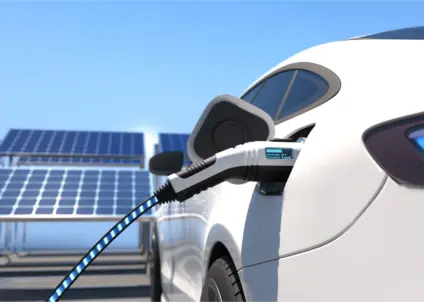
Pérennisation : véhicules électriques, tarifs horaires et stockage des batteries.
Vos besoins énergétiques vont augmenter. Votre système doit suivre.
Aujourd'hui, vous n'avez peut-être que du solaire. Mais qu'en sera-t-il demain ?
Surveillance intelligentevous aideoptimiser et planifier tout cela:
Avec les bonnes données, vous pouvez éviter les « surprises énergétiques » à mesure que votre foyer grandit et évolue.
Coûts, avantages et retour sur investissement de l'énergie solaire avec surveillance intelligente
Comprendre vos chiffres transforme les « économies » en résultats concrets
Passer à l’énergie solaire est un investissement et, comme tout investissement, vous voulez savoir comment et quand cela sera rentable.
Exemple:Si votre installation solaire couvre 60 % de votre consommation d'énergie en journée, mais que votre climatisation fonctionne principalement la nuit, vous continuez à acheter de l'électricité aux tarifs de pointe. Cela affecte votre retour sur investissement.
En modifiant l'utilisation ou en ajoutant du stockage sur batterie informé par des données de surveillance, vous pouvez réduire votre délai de retour sur investissement.par mois ou même par années.
Surveillance intelligenteComble ce fossé. Au lieu de deviner ou de vous fier uniquement aux données de facturation nette des services publics, constatez par vous-même :
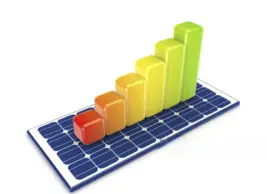
Exemple concret
Que rechercher dans un système de gestion de l’énergie solaire.
Tous les outils de surveillance ne se valent pas. Recherchez des fonctionnalités telles que :
Suivi de la production solaire en temps réel
Tableaux comparatifs de la production et de la consommation
Accès aux applications mobiles et rapports de tendances historiques
Extensibilité (batteries, recharge de véhicules électriques, tarification en fonction de l'heure d'utilisation)
À la recherche dumeilleurs appareils de surveillance solaire en 2025?
Concentrez-vous sur les systèmes qui vous permettent de voir les deux côtés de l’équation, pas seulement vos statistiques solaires.
Questions courantes sur la surveillance et l'énergie solaire.

Si vous souhaitez savoir si votre énergie solaire répond réellement aux besoins de votre maison, oui. Les données de l'onduleur ne suffisent pas à elles seules.
Oui. Certains systèmes (comme les séries Grus WattPanel) intègrent les deux dans un seul tableau de bord.
Absolument, et c'est l'une des solutions les plus intelligentes que vous puissiez adopter. Ces données permettent de dimensionner votre système avec précision.
Bonne question. Recherchez des systèmes qui prennent en charge l'évolutivité future et affichent le débit de la batterie séparément.

Réflexions finales : Connaissances = Économies
Passer à l'énergie solaire est une excellente étape. Maisproduire simplement de l’énergie ne suffit pas
La véritable valeur réside dans la compréhension de la façon dont votre énergie circule et de la manière de l’utiliser à bon escient.
Avec unsystème de gestion de l'énergie solaire, vous arrêtez de deviner et commencez à voir :
Quand votre maison consomme le plus d'énergie
Si le solaire couvre vos besoins réels
Comment déplacer, économiser ou stocker l'énergie pour de meilleurs rendements
©2025 Tous droits réservés. Grus IoT Co.,Ltd.
